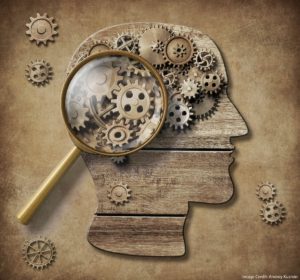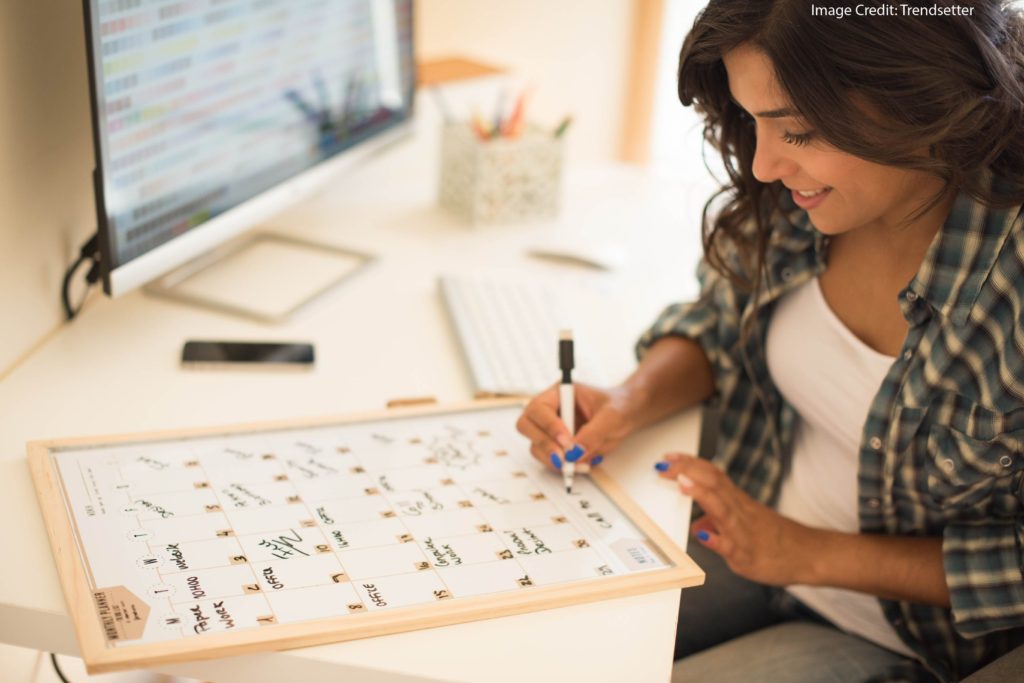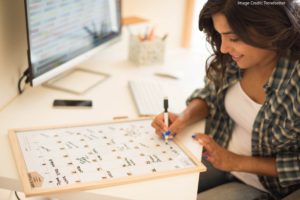My English classroom often includes discussions like these:
When we read Zora Neale Hurston’s Their Eyes Were Watching God, I might ask my students “who is the antagonist?”
To answer this question, my students must recall several bits of factual information:
the definitions of “antagonist” and “protagonist”
the major characters of the novel
their most important actions and goals
Once they’ve recalled those facts, my students have to rearrange all that information into new conceptual patterns.
Which character’s actions and goals best align with the definition of “protagonist”? (In this case, that’s an easy question. Janie Crawford is far and away the likeliest nominee. )
Who’s the antagonist? That is, which character’s actions and goals thwart Janie’s?
That’s a much harder question, and students must wrestle with several possibilities as they develop a plausible argument.
Let’s Talk About the Mind
Where do my students hold and process all this information?
For a psychologist, that’s an easy question: working memory.
Working memory allows students to select, hold, reorganize, and combine information held in long-term memory: in this case, the novel’s events.
It also allows them to select, hold, reorganize, and combine information perceived from the environment: the question I just asked about antagonists.
Because we constantly ask our students to hold and combine bits of information, our students use working memory all the time.
When we ask students to calculate the volume of a solid, or to compare historical figures, or to explain a trophic cascade, or to predict what will happen when I roll a ball down a ramp, we’re asking them to use working memory.
By the way: this truth hold for skills and processes as well. Why is learning to drive a stick shift so hard? Because you must hold, combine, and co-ordinate several distinct physical processes.
And, here’s an essential point: we don’t have lots of working memory to use.
Let’s Talk About the Brain
We know a lot about the mental processes involved in working memory. (I might have written a book about them.)
But, the neuroscience of working memory has been harder to study.
In the world of psychology, we know that WM can be easily overwhelmed.
But, in the world of neuroscience, we don’t know exactly what happens at that moment.
In other words: what’s happening in the physical object of the brain that accounts for the mental difficulty?
What happens, for example, when I can’t shift gears properly on this stupid manual car?
Are neurons somehow disconnecting from one another? Are electrical signals going haywire? Perhaps neurotransmitters are watching kitten videos on Youtube ?
Today’s News
We’re starting to get an answer to that question.
New research suggests that successful working memory functioning requires that distinct brain regions operate synchronously.
When they reach overload, those regions fall out of synch.
Once those regions no longer synchronize, then students might struggle to solve math problems, or sound out a word with new phonics rules, or conjugate a verb in a freshly learned tense.
Like much neuroscience research, this study is fantastically complicated. Luckily, it’s been described quite well by Jordana Cepelewicz over at Quanta Magazine. (No need to worry about the “seven plus or minus two” formula.)
The good news here is clear: we’re starting to get a clearer picture about the neuroscience of working memory overload. Because teachers should be obsessed with working memory overload, we might well be intrigued by this news.
We should keep in mind, by the way, that this research so far has been done with monkeys. Whenever considering new research, always keep this rule in mind:
Never, never, never change your teaching practice based on research into non-human animals.
At some point, we might get neuroscience research that helps teachers manage working memory load. Although that day isn’t today, we should be glad that research possibility is clearer now than before.







